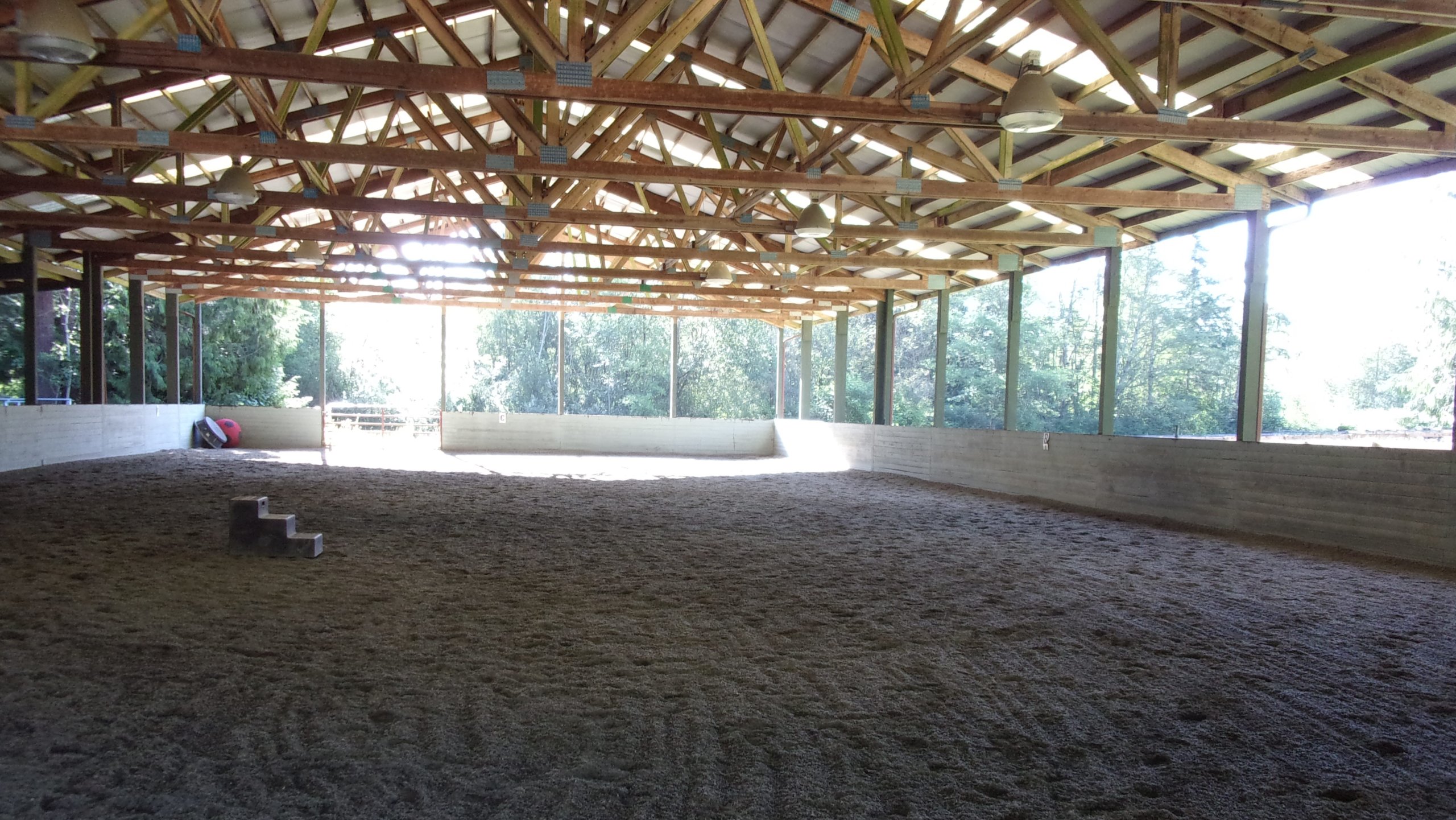One of the things that surprised me when I moved to Western Washington from the High Plains was how many people board their horses. With housing and land values so high, unless you have a six-figure plus income, it’s almost impossible to afford enough land to keep a horse (or in my case, three horses).
So, if you find yourself in need of a good place for your equine partner, there are a few things you’ll want to look for and keep in mind as you shop around. And while most of them, if done right, will affect the cost, not having them will cost more in the long run through frustration, vet bills, and the like.
First, Make A Wish List
The first step in evaluating a boarding facility is to make a list of the things that are important to you. That list can include things like distance from your home or to your favorite trail, the number and breed of horses that are currently boarding there, and facility amenities. The following are some of the things I suggest making sure are on your list.
Best Management Practices

For me, the first thing to look for in a facility is evidence they are using best management practices for an equine facility. These include:
- Mud Management – Do they have dry, safe paddocks with proper footing? Does the water drain away from the paddocks and into a safe area for it to disperse?
- Manure Management – Do they have a well-constructed manure containment system? If they use it to compost the manure for soil amending, do they compost it properly, making sure it gets to the right temperature and results in compost with no evidence of horse manure left? If they haul manure away, is that done frequently enough that the bin doesn’t overflow and draw flies?
- Water Management – Do they have good gutter systems on all the buildings? Do the downspouts tie into an underground pipe and outlet the water a safe distance from the paddocks and turnouts?
- Pasture Management – If there’s pasture turnout, does the pasture look healthy? Is the pasture overgrazed or do they do proper rotational grazing? How often do they walk the pasture and look for toxic weeds or holes?
If the facility is practicing all these things in a clean and efficient manner, then it is very probable that many other details will also be done well.
Hang Out and Inspect
This is probably one of the best things you can do, though it will take time. Ask the owner if you can come and hang out for most of the day. Meet the other boarders and get a feel for how things run. Show up at different times of the day to see how things change from morning to evening. Watch the barn help, how they clean the stalls and feed the horses. Are there noises or other distractions that would bother your horse and make their time there less than peaceful? When you come to ride will you find your horse rested and ready to ride?
Don’t Sign A Contract Right Away
Most places require a contract to board. If they do not, ask that they sign one with you anyway. A contract is important protection and is vital in my opinion.
If they do require a contract, don’t be too eager to sign it right away. Look it over carefully. Have friends that board elsewhere look it over and get their opinion. Some important things to consider are prorated board and notice times. If you leave before the end of the month will they prorate the board or charge you for the whole month? How much notice do you have to give before leaving?
Considering these things as you evaluate a boarding facility will help you make a more informed choice. In the long run, it will be a much better experience for you and your equine companion.
Published in the August 2020 Issue:
Michael Hipp describes himself as “just a fair-to-middlin’ cowboy from the Texas Panhandle”. Michael is a former instructor of Biological and Animal Sciences at Oklahoma Panhandle State University in Goodwell, Oklahoma. He has built and managed ranches in both Kansas and Texas and has a passion for helping folks overcome challenges in their own operations. He currently works as a farm planner for the Snohomish Conservation District in Snohomish County, Washington where he assists horse and livestock owners find solutions to resource issues and efficient chore management. Michael is an avid supporter and leader in the 4-H Horse Program. He teaches and speaks at many agricultural and equestrian focused forums and workshops annually. He lives in Snohomish County, Washington.

